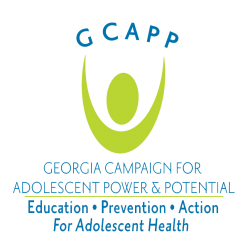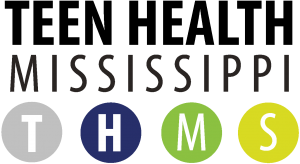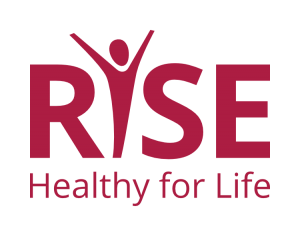Even within justice-oriented spaces, fatphobia, a system of oppression, is frequently normalized and ignored. Due to diet culture and body surveillance under the guise of public health, we are not often given the space to discuss liberation from fatphobia. This workshop allows the audience to reflect on how fatphobia is normalized and shows up in their lives, discuss how fatphobia is explicitly tied to every other system of oppression, and tie fat liberation to queer and trans liberation as we advocate for ourselves and our communities in the fight against fatphobia.
In this training, participants will:
- Discuss how fatphobia is normalized and how it occurs in daily life, and unlearn myths about health and thinness.
- Gain an understanding of how fatphobia is tied to all other systems of oppression and how fat liberation is connected to queer and trans liberation.
- Examine their own internalized fatphobia and identify strategies for self-advocacy and community advocacy.
- Share local and national resources on fat positivity and liberation.





